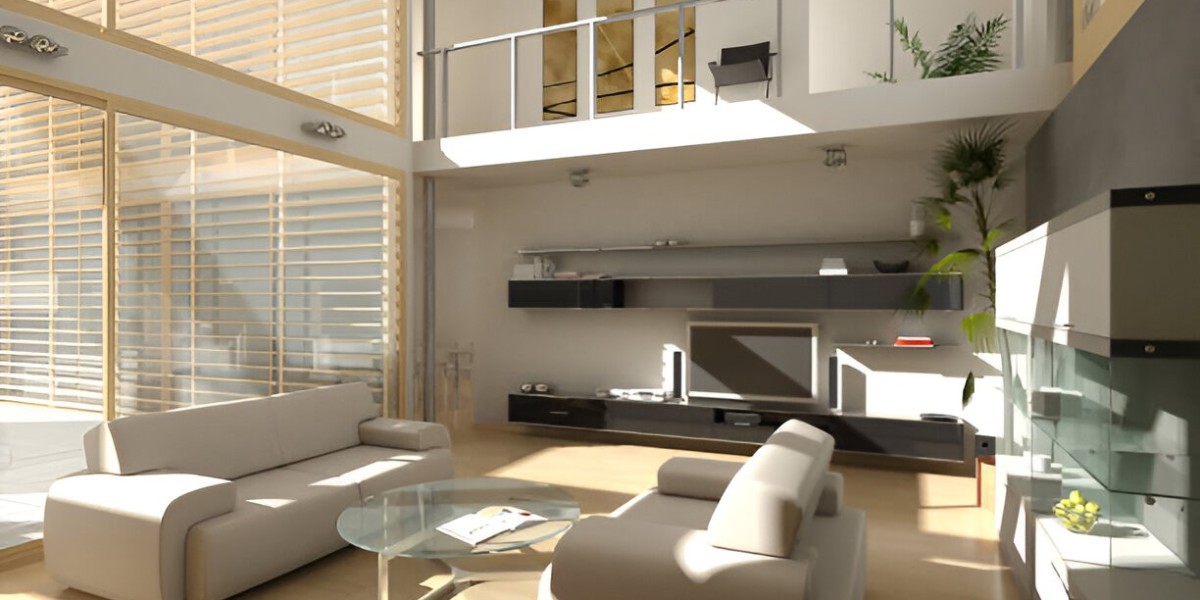Building a home that embraces natural light is more than aesthetics; it’s a powerful approach to enhancing energy efficiency, improving mood, and connecting with the outdoor environment. In Ontario, where natural light shifts dramatically across the seasons, designing a home that captures and maximizes sunlight can bring warmth and vibrancy to living spaces. If you’re looking to build a home that supports sustainable living and highlights the beauty of your interior with ample daylight, here’s how to achieve it effectively.
Why Natural Light is Essential in Home Design
The presence of natural light plays a crucial role in making any home feel more inviting. Studies have shown that natural light positively impacts mood and health, reducing the likelihood of issues such as seasonal affective disorder. When you build a home with intentional, light-focused design choices, you’re creating an environment that can foster relaxation and productivity. Additionally, natural light can help cut down on energy costs, minimizing the need for artificial lighting during the day.
Maximizing daylight is especially vital in areas like Ontario, where winters can be long and daylight hours are limited. Leveraging natural light in your home’s design can help reduce the need for heating by taking advantage of solar gain, particularly through strategic window placement.
Strategic Floor Plan Design to Maximize Natural Light
When designing a home with ample natural light, floor plan considerations are essential. By aligning your home’s main living areas with the path of the sun, you can enhance natural light exposure throughout the day. Spaces where you spend the most time, such as the kitchen, dining area, and living room, should ideally be positioned to receive sunlight during peak hours.
For instance, orienting rooms to the south in northern hemisphere locations like Ontario can maximize sunlight in winter. This positioning allows the sun to cast light deep into rooms, helping to warm spaces naturally. Moreover, if you build a home with an open floor plan, you’ll allow light to travel further and reflect more freely within your space, creating a brighter and more spacious atmosphere.
Window Placement and Style: Designing with Light in Mind
Proper window placement and style are among the most important factors in maximizing natural light. By carefully selecting the location and size of your windows, you can drastically improve the amount of sunlight entering each room.
Choosing Larger Windows for High-Impact Illumination
To build a home that truly optimizes natural light, consider using large windows wherever possible. Picture windows, floor-to-ceiling windows, and even glass sliding doors can welcome abundant sunlight. The use of large glass surfaces opens up views and makes rooms feel more expansive. Bay windows or strategically placed clerestory windows near the ceiling can provide additional light while maintaining privacy in more secluded areas.
Incorporating Skylights for Extra Brightness
Skylights are another excellent option for enhancing daylight in areas of the home that may not have easy access to exterior walls, such as hallways, bathrooms, and staircases. Installing skylights can brighten these areas without compromising privacy or insulation. This technique is especially beneficial for homes in regions like Ontario, where sunlight may be weaker during certain seasons. Remember to select energy-efficient skylights to maintain thermal control and prevent heat loss during colder months.
Role of Reflective Surfaces in Amplifying Natural Light
Once you’ve designed a home with plenty of sunlight access, it’s time to consider the interior design elements that will help spread this light further throughout your space. Reflective surfaces, such as mirrors, polished floors, and light-colored walls, play a significant role in amplifying natural light.
Choosing Light Colors for Walls and Furniture
Light-colored walls and furniture reflect more light than darker tones, which helps to distribute sunlight across a room rather than absorbing it. Shades like white, cream, pale gray, and soft pastel hues work particularly well for reflecting light. This strategy is especially effective in rooms with limited window access, as the colors will help carry the available light further.
Adding Mirrors and Glossy Finishes for Increased Brightness
Mirrors are not only a design statement but also a functional way to bounce light around a room. Large mirrors placed opposite windows can capture incoming sunlight and reflect it across the space. Similarly, opting for glossy finishes on cabinets or flooring can enhance brightness by reflecting more light.
Working with a Residential Construction Expert
Achieving a balance between natural light optimization and energy efficiency requires careful planning and expert guidance. In Ontario, residential construction professionals are well-versed in creating designs that capture natural light while adhering to local building codes and energy standards. Working with experts ensures that your home design maximizes sunlight without compromising structural integrity or thermal performance.
By partnering with a firm experienced in Residential Construction in Ontario, you can achieve a design that combines light-filled spaces with sustainable, efficient construction. Skilled contractors and architects can guide you on window placements, floor plan optimization, and the best materials to enhance daylight while keeping energy usage low, especially during Ontario's colder months.
Landscaping for Light
Landscaping is often overlooked when considering natural light in home design, but it plays an essential role. Trees, shrubs, and other landscaping features should be thoughtfully placed to complement the light flow into your home. When you build a home with maximized natural light, it’s crucial to evaluate any external elements that could obstruct sunlight.
Planting deciduous trees strategically around your property can offer shade in the summer while allowing sunlight to filter through in the winter after the leaves fall. Shrubs and plants closer to the home should be selected and maintained to avoid blocking windows. This balance will help create outdoor spaces that harmonize with the home’s daylighting strategy.
Incorporating Smart Technology for Optimal Light Control
Smart home technology allows for precise control of both natural and artificial lighting. Automated blinds, for instance, can be programmed to open during peak daylight hours and close when the sun sets, enhancing your home’s energy efficiency. Light sensors and smart bulbs that adjust in response to natural light levels can also help maintain consistent brightness throughout the day.
Furthermore, with Ontario’s seasonal changes, smart lighting controls can help manage the variable daylight hours. These systems offer the dual benefits of convenience and sustainability, reducing energy costs by making the most of natural light when it’s available and supplementing it only when necessary.
Conclusion
Building a home that embraces natural light is a blend of thoughtful design, material selection, and strategic placement of structural elements. By focusing on factors like floor plan orientation, window placement, reflective surfaces, and smart landscaping, you can create a home that feels spacious, energy-efficient, and in tune with its environment. In a location like Ontario, where sunlight can vary widely, these techniques will help ensure that your home remains bright, warm, and welcoming year-round. With the guidance of a knowledgeable residential construction expert, you can build a home that harmonizes with natural light, elevating the overall living experience.
Naijamatta is a social networking site,
download Naijamatta from Google play store or visit www.naijamatta.com to register. You can post, comment, do voice and video call, join and open group, go live etc. Join Naijamatta family, the Green app.
Click To Download


